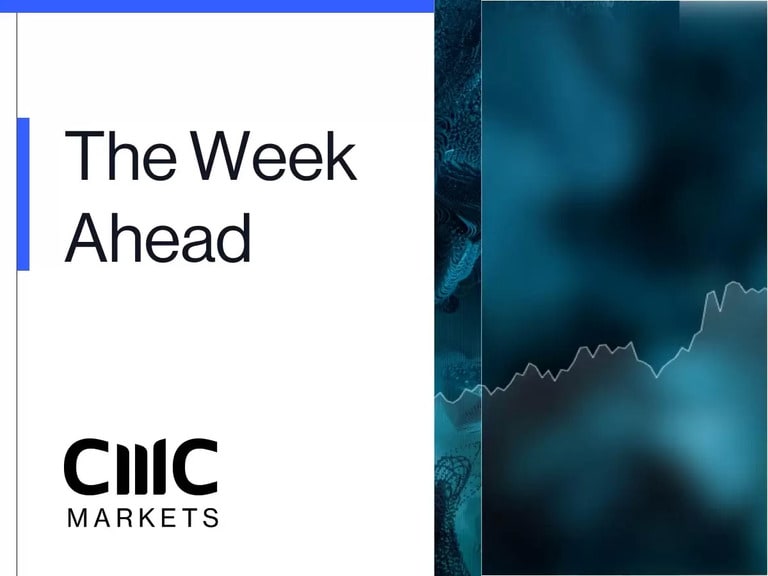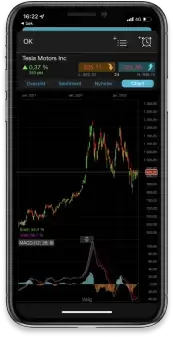European markets underwent a somewhat mixed session yesterday, with the German DAX closing back in on its recent record highs above 16,000, while the FTSE100 slipped back.
US markets, on the other hand have continued to go from strength to strength, with record highs for the Dow, S&P500 and Nasdaq ahead of today’s Fed meeting which is expected to set out the first steps for a tapering of its $120bn a month bond buying program.
Before that we have the latest ADP payrolls report for October, which is set to show a modest slowdown from the 568k jobs in September, with 400k new jobs. We’re also expected to see a modest improvement in the latest ISM Services numbers for October to 62, from 61.9.
With the Bank of England meeting due to meet tomorrow, amidst expectations of a modest 0.15% rise in the base rate, the latest services PMI for October is expected to be confirmed at 58, a significant uptick from September’s 55.4. This expectation of a rise in rates has raised concern in some parts that the Bank of England might be on the cusp of a significant policy mistake. This seems somewhat hyperbolic in the wider scheme of things, given that its already priced in. The central banks wider problem is how to temper expectations about future rate rises, not this first one.
While we’ve seen rising concern that the Bank of England might be on the cusp of a policy mistake by raising interest rates, the debate around the Federal Reserve is the exact opposite in that there are an increasing number of voices who say they are moving too slowly.
Today’s Fed meeting is widely expected to see the central bank layout a timetable to start the tapering of its asset purchase program, against a backdrop of surging energy prices, as well as factory gate prices which are at multi year highs.
There does appear to be a growing recognition amongst a rising number of Fed officials that inflation is likely to be much more persistent than was previously envisaged, It is clear that the Fed’s narrative for acting has shifted away from the labour market, and there is a wider acknowledgement about rising inflation risk, however once the taper timetable has been outlined Fed officials will then come under increasing pressure to outline a timetable for an increase in interest rates, a move that Fed Chair Jay Powell has already indicated is not imminent and could be as long as a year away.
At its last meeting, the number of FOMC members who saw the potential for a rate rise next year, increased from 7 in June to 9, meaning the committee are evenly split, however the maths has changed somewhat since then with the departure of both Rosengren of the Boston Fed and Kaplan of the Dallas Fed, both of whom were probably more to the hawkish side of the debate.
Once the taper starts the maths is likely to shift as the data evolves, which means that a rate hike for 2022 could well become a majority view by the end of this year, which would be a significant shift in thinking from earlier this year.
A faster paced taper could also bring this date forward, especially if policymaker thinking were to shift as we head into 2022, with most expectations set for an initial reduction of $10bn in Treasuries, and $5bn in mortgage-backed securities.
Powell will have to tread a delicate path in his post meeting press conference in tempering market expectations about the timeline for the first interest rate rise, while painting an optimistic but cautious outlook for the US economy.
EUR/USD – still have resistance at the 1.1620 area which we need to move beyond to retarget the 50-day MA at the 1.1700 area. Support remains at the 1.1520 area and October lows. A break below 1.1500 targets the 1.1400 level.
GBP/USD – while the pound continues to struggle below the 50-day MA at 1.3720, the risk remains for a move back towards the 1.3570 level, and possibly lower. We need to see a move back above 1.3730 to stabilise.
EUR/GBP – now closing in on the 0.8520 area, with support now at the 0.8480 area. Above 0.8530 retargets the 0.8580 level. Below 0.8470 retargets the recent lows at 0.8400.
USD/JPY – still have resistance at the November 2017 peaks at 114.75, a break of which opens the 116.00 area. The 113.20 area remains key support, followed by the 112.40 area.
Disclaimer: CMC Markets is an execution-only service provider. The material (whether or not it states any opinions) is for general information purposes only, and does not take into account your personal circumstances or objectives. Nothing in this material is (or should be considered to be) financial, investment or other advice on which reliance should be placed. No opinion given in the material constitutes a recommendation by CMC Markets or the author that any particular investment, security, transaction or investment strategy is suitable for any specific person. The material has not been prepared in accordance with legal requirements designed to promote the independence of investment research. Although we are not specifically prevented from dealing before providing this material, we do not seek to take advantage of the material prior to its dissemination.







